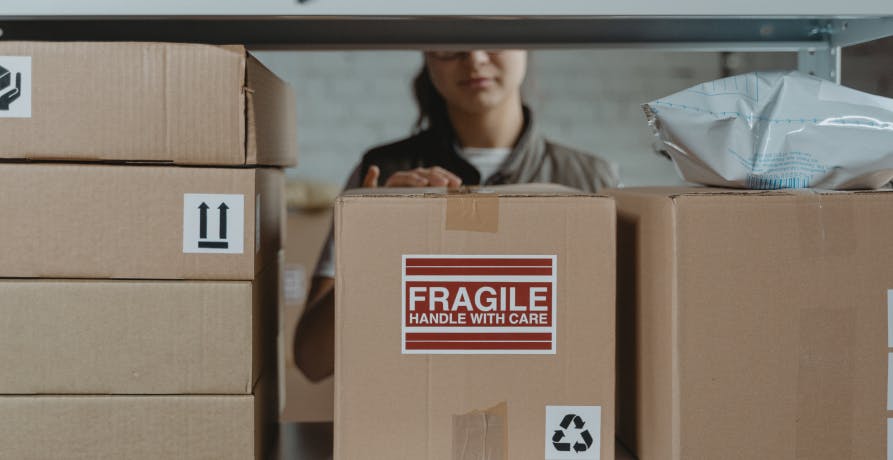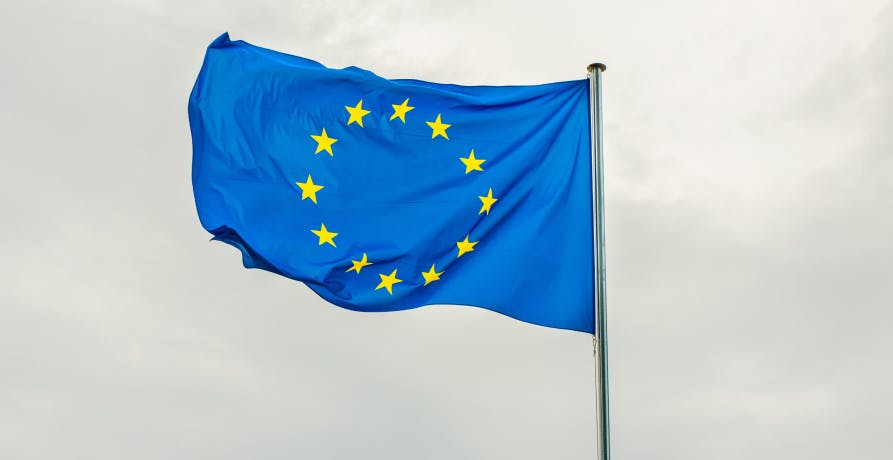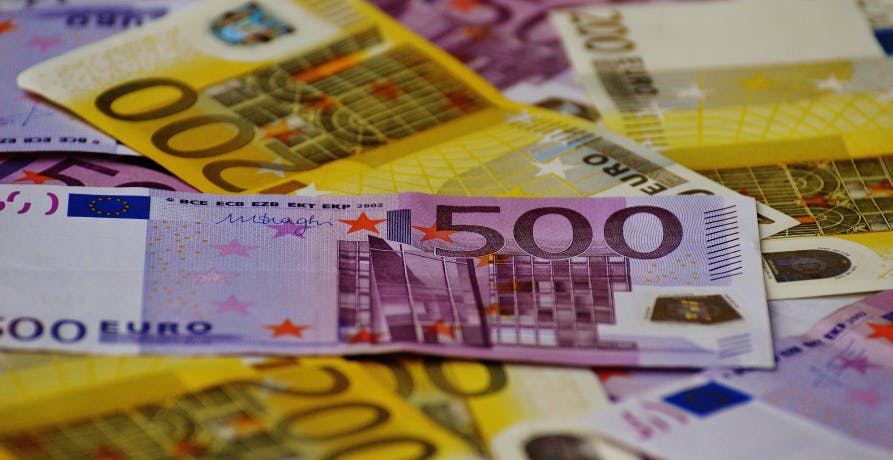
Impacts, Risks, and Opportunities (IRO) for CSRD Reporting
In this article, we’ll break down what IROs are, how to identify and assess them, and what CSRD requires in terms of disclosure.
ESG / CSR
Industries



It’s not just private citizens who are consumers of goods and services, it’s public authorities too. And since EU member state public authorities spend over 1.8 trillion euros every year, they have the chance to effect real environmental change by introducing sustainability and environmental considerations to their purchasing processes. Green Public Procurement (GPP) is a voluntary instrument available to European public authorities that allows them to choose environmentally friendly goods, services and works. It has a key role to play in the EU’s efforts to become a more sustainable economy and to help it reduce carbon emissions across the continent.
👉 What exactly is GPP? What are the benefits, and how can member states adopt GPP criteria into their own procurement processes?
Green Public Procurement applies this principle to public authorities when seeking to purchase goods, services or works. It means that public authorities seek to make purchases that have a reduced environmental impact throughout the lifecycle of the good or service.

In the EU GPP is a voluntary instrument that can be used by a member state’s public bodies when purchasing goods and services - this means that member states have the freedom to determine the extent to which they want to implement it (or they may choose not to implement it at all).
EU GPP is based on the principle of having clear, verifiable environmental criteria for products and services based on scientific evidence. When applying GPP criteria it should be based on a life-cycle approach (ie. the entire life cycle of the product or service is considered, from manufacture to disposal).
The European Commission developed GPP criteria for twenty product groups, in order to harmonise the application of GPP criteria across EU member states. This common criteria aims to reduce the administrative burden on public authorities implementing GPP criteria and benefits companies who provide goods or services in more than one member state by ensuring that they don’t have to consider different criteria in different EU countries.
The original 20 GPP criteria were first created in 2008, but are regularly updated. The European Commission selected priority sectors based on considerations of capacity for environmental improvement, public expenditure, impact on suppliers, potential to influence private consumers, political implications, market availability, economic efficiency and the availability of easy to use criteria.
For each sector, there are two types of criteria proposed. The first criteria is suitable for use by any member state public authority and aims to address key environmental impacts - this is referred to as the core criteria. It was developed to facilitate the inclusion of green considerations in public body tenders and tries to find a balance between environmental impact, cost considerations, availability in the market, and ease of verification.
The second type of criteria is referred to as the comprehensive criteria and is intended for use by public bodies who want to purchase the very best environmental products available. These criteria require additional verification efforts.
Depending on the ambition of the local authority, they may select the criteria they deem most suitable.

👉 The most up-to-date, detailed GPP criteria can be found directly on the European Commission's website. This covers procurement in the following categories of goods and services: Cleaning products and services; Computers, monitors, tablets and smartphones; Data centres, server rooms and cloud services; Electricity; Food catering services and vending machines; Furniture; Imaging equipment, consumables and print services; Office building design, construction and management; Paints varnishes and road markings; Public space maintenance; Road design, construction and maintenance; Road lighting and traffic signals; Textiles; Road transport; Sanitary tapware; Toilets and urinals; Electrical and electronic equipment used in the health care sector; Copying and graphic paper; Water-based heaters; Waste water infrastructure.
The EU GPP criteria is developed by the Commission’s Joint Research Centre’s Institute for Prospective Technological Studies in consultation with the GPP Advisory Group. However, other stakeholders are also invited to participate in the development of new and updated GPP criteria. It should also be noted that the criteria are not a legal act, and their application is discretionary.
👀 The GPP Advisory Group also acts as a consultative body to the European Commission on any GPP policy issues. The body represents the whole of the EU with one member from each member state.
Public authorities in Europe spend 1.8 trillion euros per year (14% of the EU’s GDP), which means they wield huge power when it comes to selecting goods and services with a lower impact on the environment. By opting to implement Green Public Procurement, member states can make a significant contribution to sustainability and the environment, while also influencing meaningful change across the entire EU economy by providing incentives for companies to produce green products and provide green services.
The environmental benefits of adopting Green Public Procurement practices are wide reaching, examples include: reducing deforestation by ensuring that wood is sourced from legally harvested and sustainable forests; reducing CO2 emissions through the purchase of good or services with a smaller carbon footprint; reduction in water waste by selecting more efficient fittings; reducing the use of chemicals and harmful substances by controlling chemical use; reducing waste through the selection of recycled packing; the support of sustainable agricultural practices through the purchase of organic food and produce… the list goes on!
But the benefits are not just limited to environmental impact, they can include everything from economic, to political, to health benefits. Let’s take a look at some examples:
There’s a misconception that environmental products or services are more expensive, however GPP often leads to long-term cost savings through reduced energy consumption and waste. For example the City of Vienna saved €44.4 million between 2004 and 2007 through its adoption of GPP practices, while also preventing 100,000 additional tonnes of CO2 from being released into the environment.
GPP promotes more environmentally friendly public services which can result in health benefits for the general public. For example, local authorities who introduce cleaner public transport methods (for example electric buses) will see an improvement in air quality which means healthier city centres and reduced health problems for citizens. There are also knock-on benefits from this: if a country’s population is healthier this will help to reduce pressure on national health services and help to save on operational costs.

Companies may be incentivised to create new products and services to meet the requirements of GPP. There is the potential for this to spill over into the private sphere, improving overall standards for private customers too. Increased demand for environmentally friendly consumer goods and services will encourage innovation and the development of new green products and technologies.
Citizens across the EU are becoming increasingly aware of environmental issues and the need to reduce our environmental footprint. By adopting GPP criteria, government bodies will benefit from more positive public perception.
Unfortunately, the EU’s GPP criteria haven’t been uniformly adopted by EU member states and their public bodies. Data is limited when it comes to GPP implementation across the EU, however, estimates show that between 2006 and 2017 there was a vast difference between member states. For example, less than 1% of public body procurements in Malta adopted GPP criteria, whereas this is over 15% in countries such as France.
So what exactly is hindering the application of GPP criteria across the EU? Well, a number of challenges to its implementation have been identified by the European Commission. These challenges include:
A large number of public authorities have blamed weak management support for their reluctance to implement GPP. This lack of awareness and understanding of the importance of GPP amongst more senior public officials means that GPP is not being effectively promoted to purchasing staff.
Many purchasing teams in the public sector still view the cost of goods or services as the primary consideration when considering options (research has found that in 64% of procurement contracts awarded, price was the dominating factor). However, purchase price alone does not take into consideration the full life-cycle costs of a good or service - environmental goods and services can often result in cost savings in the long run due to lower operating, maintenance or disposal costs.

It can be difficult for those working within public bodies to fully understand the environmental and social impacts of their purchasing decisions. This lack of awareness when it comes to understanding what is environmentally or socially preferable, and how to implement GPP criteria at the tendering stage, means that public bodies often shy away from GPP practices.
With the majority of public bodies across the EU given the choice as to whether or not they implement GPP, there is a gap when it comes to cooperation between public authorities. This lack of best practice exchange and networking has been found to present an obstacle to GPP.
Without clear and verifiable environmental criteria it is very difficult for public bodies to incorporate environmental considerations into their tendering process.

Green Public Procurement is an under-utilised tool in the European Union. Used correctly, it has the potential to help EU member states to reach their decarbonisation targets by not only encouraging the public sector to select more environmentally friendly alternatives but by also changing both consumption and production patterns in the EU.
However, the lack of mandatory targets when it comes to EU GPP means that the uptake of GPP depends largely on the member state and the decisions of their public bodies. This means that GPP efforts vary hugely throughout the continent. There are countries who have incorporated green criteria into all of their public body procurements (for example, the Netherlands), on the other hand there are also countries who have set no targets at all.
Many believe that if the EU is serious about reducing carbon emissions and adopting more sustainable practices then it should look for ways to improve the uptake of GPP criteria by member states. This could be achieved by making GPP practices mandatory, removing barriers to their activation through better tracking of GPP use, investment in training of public authorities, and through monitoring of GPP performance.
At Greenly we can help you to assess your company’s carbon footprint, and then give you the tools you need to cut down on emissions. Why not request a free demo with one of our experts - no obligation or commitment required.
If you enjoyed this article, check out our legislation tracker to discover what frameworks, regulations and guidelines apply to your business and industry.